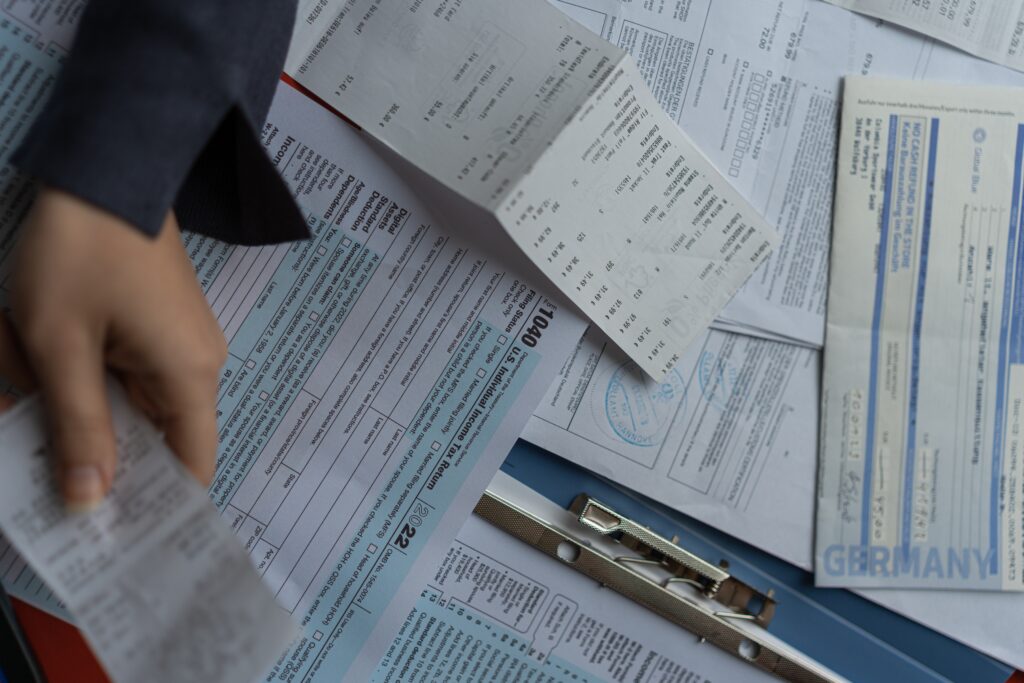5 Things Online Sellers can do this fall to prepare for Filing 2023 Taxes

So often we find ourselves in the springtime questioning why didn’t we do more to prepare,
and tax season ends up being a time-pressured, stressful undertaking. It doesn’t have to be
that way though, as there are many things you can do now to make the process much easier
after the end of the calendar year.
1. Ensure you have a consistent means of tracking your finances, including both your sales and expenses, every month.
There are many different ways to do this, and you should select the method that is right for
you. Some sellers track these manually in a spreadsheet and others use automated
bookkeeping software such as Seller Ledger to make the process faster and easier with
automated imports from sales channels and bank/credit card accounts. The key is to ensure
you are tracking every sale and every expense, and it’s a good idea to summarize this data
monthly to see how your business is doing.
2. Learn about the changes coming for 1099K regulations in 2023.
In 2022, the IRS had planned to require sales channels like eBay, Amazon, and Etsy to issue
a 1099K to anyone selling over $600 (vs $20,000 previously), only to announce at the last
minute that the change would be delayed to 2023. Many organizations continue to lobby for a
higher dollar threshold, but as of the time of this article, the IRS states that it will require 1099K
forms for anyone selling $600 or higher in 2023. Note that different companies may calculate
their 1099K’s differently and you’ll want to be aware of how they do it.
3. Develop your strategy to know how much inventory you have on hand.
There are many ways to manage inventory. Some sellers count their inventory monthly,
quarterly or annually to assess its value, and this is ideal, but it is too huge a task for others. It’s
important to document the purchase price of your items when you buy them so you know how
much you’ve spent on Inventory. You can do this in a spreadsheet, or Seller Ledger makes it
easy to categorize inventory purchased through your connected bank/credit card accounts.
When an item sells and you ship it off, the value of your inventory goes down by the value of
that item, and that amount becomes Cost of Goods Sold for your taxes. Seller Ledger can
manage this process automatically for you so you’ll always know how much inventory you have
on hand and you’ll know your Cost of Goods Sold amount for tax time.
4. Make sure you are tracking things like mileage expenses and home office expenses so you’ll remember to include these in your 2023 tax filing.
Every time you drive to a store to purchase inventory, or drive to the post office to ship
products, you are using your vehicle for your business. You can either deduct vehicle expenses
individually (such as buying a business vehicle, or car insurance), or you can use the mileage
deduction every time you take a trip on behalf of the business. If you’re using Seller Ledger,
you can just enter the number of miles you traveled for work and Seller Ledger automatically
uses the IRS standard mileage rates to track the expense for you. Your home office and things
like your storage spaces are deductible too. Make a list of all the areas in your home that are
dedicated to your business and you’ll have it handy when needed for taxes.
5. Consider investing in accounting/bookkeeping software that can automate much of this process for your business.
Seller Ledger currently supports eBay, Etsy, Poshmark (through CSV uploads) and Amazon (in
beta) with additional channels coming soon. There is a 30-day free trial and pricing is
$10/month for up to 250 transactions/month. There are no additional fees for selling through
multiple sales channels or for using advanced features such as inventory management. You can
connect your sales channels as well as Paypal and your bank and credit card accounts for
automated data imports. Drop down menus make it easy to categorize expenses. Monthly,
quarterly and annual financial reports help you to understand how your business is performing,
and make it easy to prepare for estimated quarterly tax payments. For annual taxes, a pre-
populated schedule C form is prepared for you.
If you’re going to begin using an automated software platform, the sooner you start on it the
better. Some banks have limitations on how far back they’ll allow you to go in directly
importing transactions (many restrict it to 90 days), so to capture the most data possible, don’t
wait before signing up. You can start your free 30-day trial at SellerLedger.com.
